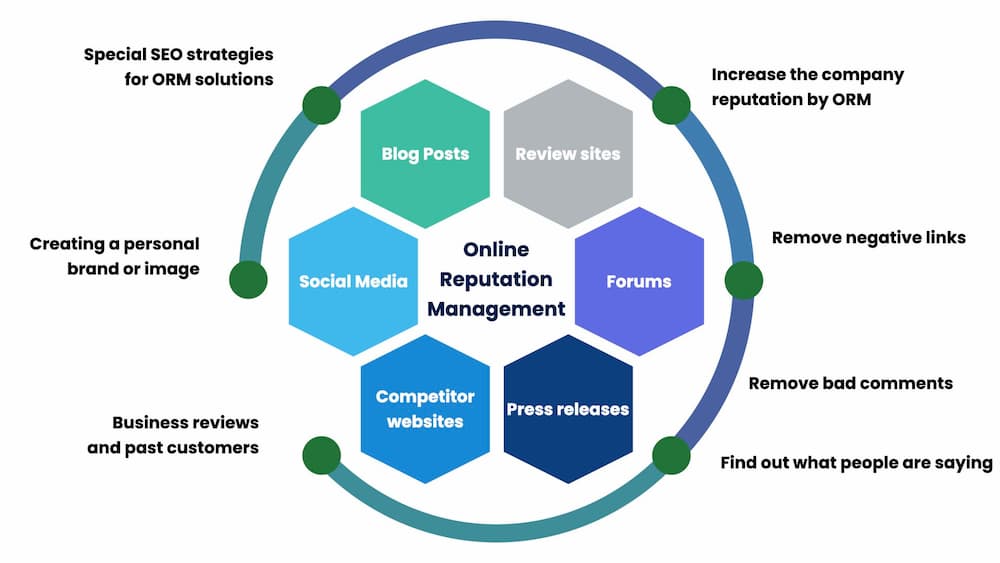Introducing What Is Ruled Out a Default Medium in Google Analytics
Introducing What Is Ruled Out a Default Medium in Google Analytics
Blog Article
Unveiling the Unconventional Mediums in Google Analytics Beyond Default Settings
In the realm of electronic analytics, Google Analytics stands as a keystone for services seeking to comprehend their online presence. By venturing past the surface and delving right into the details of social media information, email campaign efficiency, recommendation traffic sources, straight web traffic patterns, and customized network groups, a treasure chest of details awaits those willing to welcome a much more nuanced approach.

Leveraging Social Media Site Insights
Occasionally forgotten, yet tremendously important, is the technique of leveraging social media sites insights within the world of Google Analytics. By incorporating data from systems like Facebook, Twitter, Instagram, and LinkedIn into Google Analytics, organizations can acquire a deeper understanding of their audience and the performance of their social media projects.
Via this integration, marketing professionals can examine and track individual actions on their web site that originates from social networks platforms. They can identify which social media sites networks are driving one of the most traffic, which web content is reverberating with the audience, and which projects are transforming the most leads. This understanding enables data-driven decisions to enhance social networks approaches and improve overall marketing efficiency.
Furthermore, by incorporating social media insights with Google Analytics, businesses can produce much more targeted and individualized campaigns - what is not considered a default medium in google analytics. They can use group details, rate of interests, and on the internet habits collected from social networks to refine their target market segmentation and supply tailored messages that reverberate with specific client teams. This targeted method can lead to higher engagement, raised conversions, and inevitably, enhanced roi
Discovering Email Campaign Efficiency
Revealing Email Project Efficiency involves analyzing key metrics and efficiency indications to evaluate the effectiveness of e-mail advertising and marketing initiatives. When delving into e-mail campaign efficiency, it is vital to evaluate metrics such as open prices, click-through prices, conversion rates, and unsubscribe rates. By evaluating these metrics, marketing professionals can fine-tune their e-mail projects for far better interaction and efficiency.
Analyzing Referral Website Traffic Resources
After assessing the efficiency of e-mail campaigns through key metrics such as open rates and conversion prices, the next essential step is assessing referral traffic resources in Google Analytics to understand where web site visitors are originating from and exactly how they engage with the website. Reference web traffic resources describe the web sites that guide individuals to your website through clickable web links. By diving into this information, services can gain insights right into which external platforms are driving website traffic to their website, whether it be social media platforms, companion internet sites, or online directories.
Evaluating recommendation website traffic can provide useful details on the effectiveness of external advertising and marketing efforts and collaborations. It aids services recognize high-performing referral resources that add significantly to website web traffic and conversions. By comprehending the habits of site visitors coming from different referral sources, companies can customize their advertising and marketing strategies to enhance interaction and conversions. Google Analytics provides in-depth records on recommendation traffic, enabling services to track the performance of each recommendation resource properly and make data-driven choices to boost their on the internet presence.
Discovering Direct Traffic Patterns
Exploring the direct traffic patterns in Google Analytics supplies useful insights right into customer behavior and the performance of campaigns - what is not considered a default medium in google analytics. Direct website traffic refers to visitors that arrive at a website by straight keying the link into their internet browser, utilizing bookmarks, or clicking untagged web links. Comprehending straight web traffic patterns can help marketing professionals examine the influence of offline marketing efforts, brand acknowledgment, and the performance of word-of-mouth references
By diving right into direct web traffic data, companies can discover crucial information concerning individual intent and brand name loyalty. Analyzing the behavior of direct visitors, such as the pages they visit, the time invested in website, and the conversion rate, can give a much deeper understanding of user reference engagement and the overall performance of the website in transforming site visitors right into customers.
Furthermore, tracking direct traffic patterns over time allows organizations to determine patterns, seasonality impacts, and the success of particular projects or Extra resources promotions in driving straight sees. This info can then be used to fine-tune advertising and marketing strategies, optimize internet site content, and improve the general customer experience to maximize conversions.
Using Customized Channel Groupings
Utilizing personalized network groupings in Google Analytics enables organizations to classify and analyze their site traffic based upon details standards, providing important insights for maximizing marketing techniques. Custom channel groupings make it possible for companies to develop their own customized collections of website traffic sources, such as social networks, organic search, email campaigns, and referral web traffic. By specifying these collections, services can acquire a deeper understanding of just how different marketing channels add to their website traffic and conversions.
This attribute is specifically beneficial for services with varied marketing approaches throughout numerous systems. For instance, a firm running both paid and organic social media sites projects can set apart between both to analyze their private performance properly. Furthermore, custom-made channel groupings can help determine any overlooked or taken too lightly web traffic sources that might be driving beneficial engagement.
Verdict

By venturing past the surface and diving right into the ins and outs of social media information, email project efficiency, referral traffic sources, direct web traffic patterns, and personalized channel groupings, a treasure trove of details awaits those prepared to accept a much more nuanced approach. They can identify which social media networks are driving the most traffic, navigate to these guys which web content is resonating with the audience, and which campaigns are converting the most leads.After assessing the efficiency of email campaigns through vital metrics such as open prices and conversion prices, the next crucial action is assessing referral traffic sources in Google Analytics to recognize where website visitors are coming from and exactly how they communicate with the site. Custom channel collections make it possible for firms to develop their own personalized collections of web traffic sources, such as social media, natural search, email projects, and reference website traffic. By leveraging social media understandings, discovering e-mail campaign performance, analyzing reference traffic resources, discovering direct website traffic patterns, and utilizing personalized channel groups, marketers can gain important insights right into their online existence.
Report this page